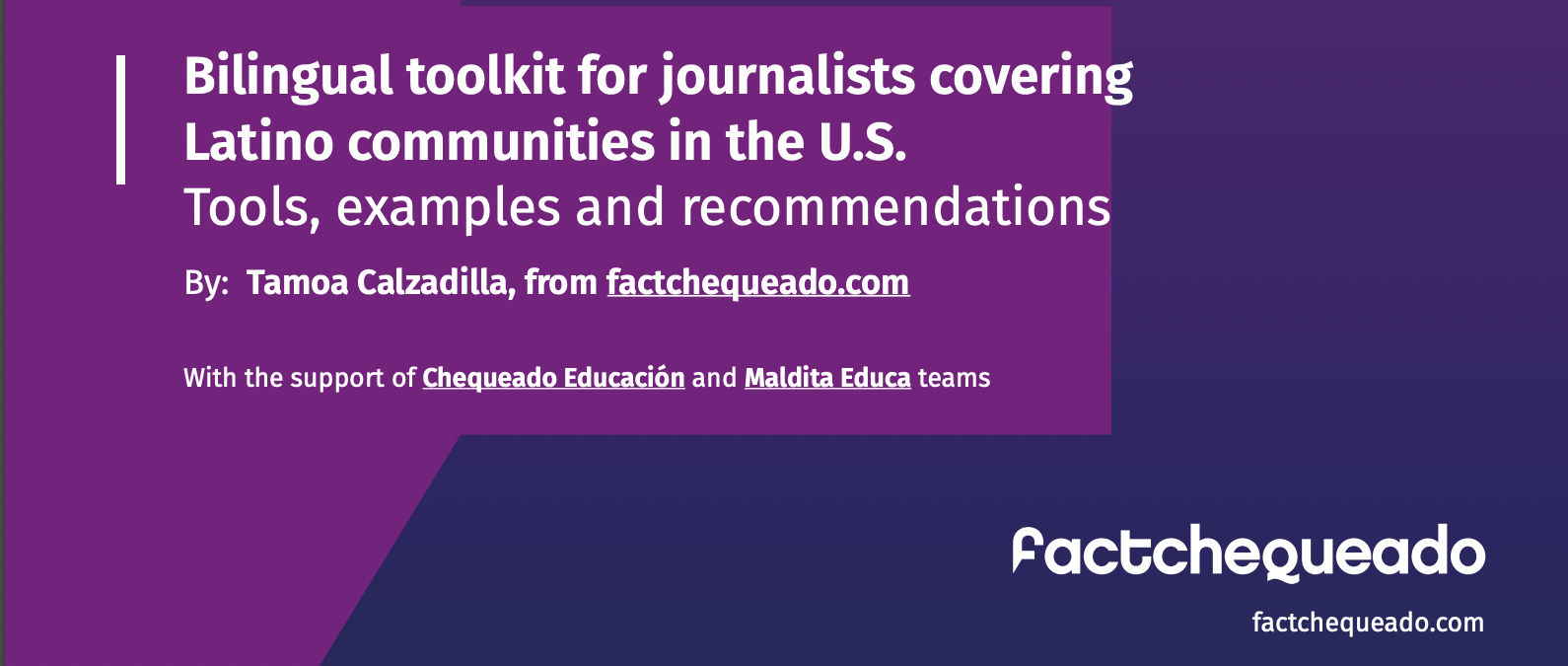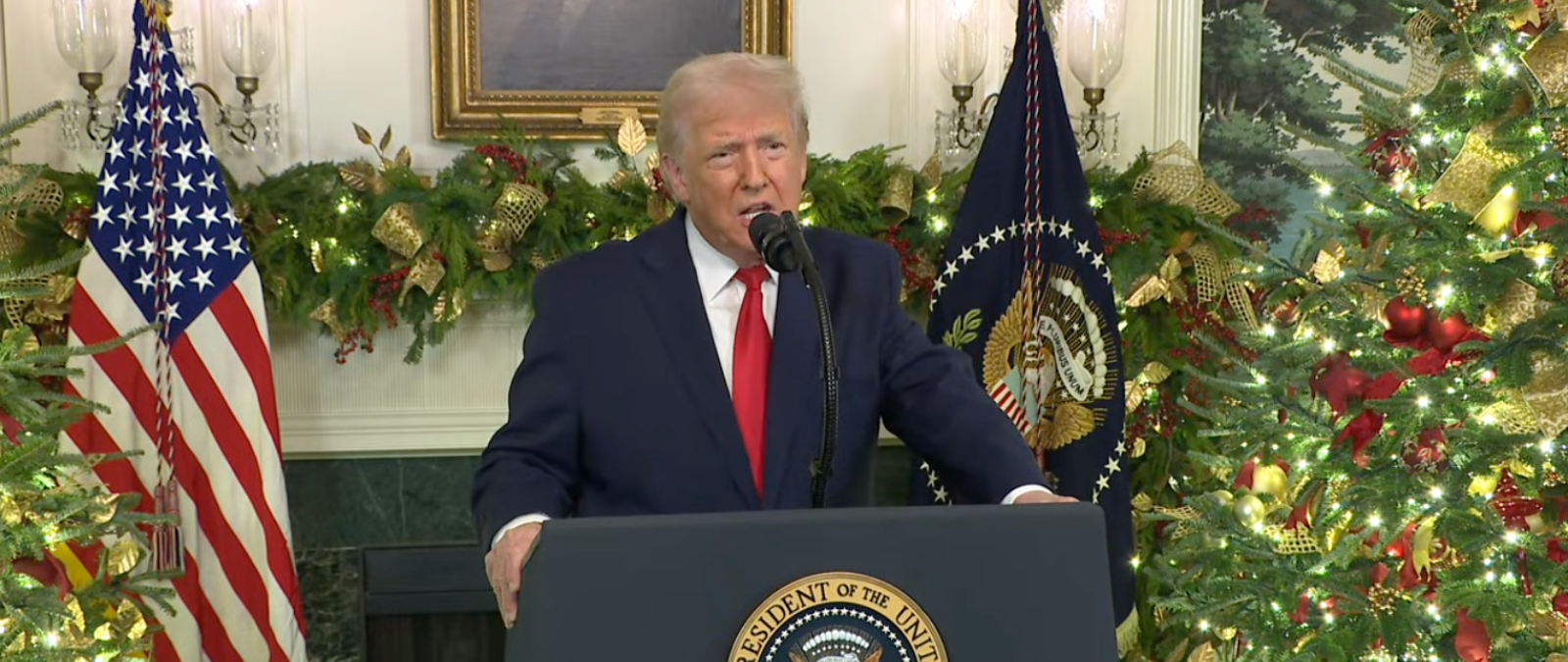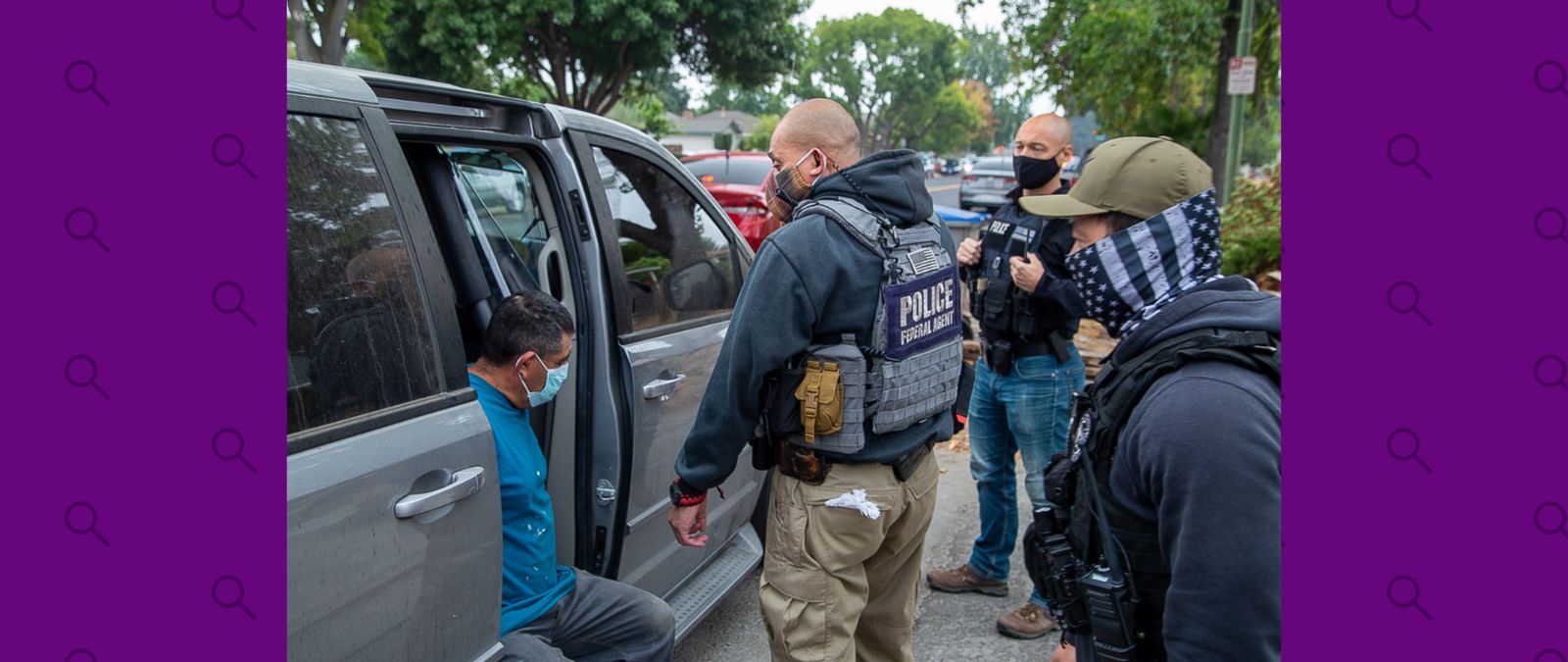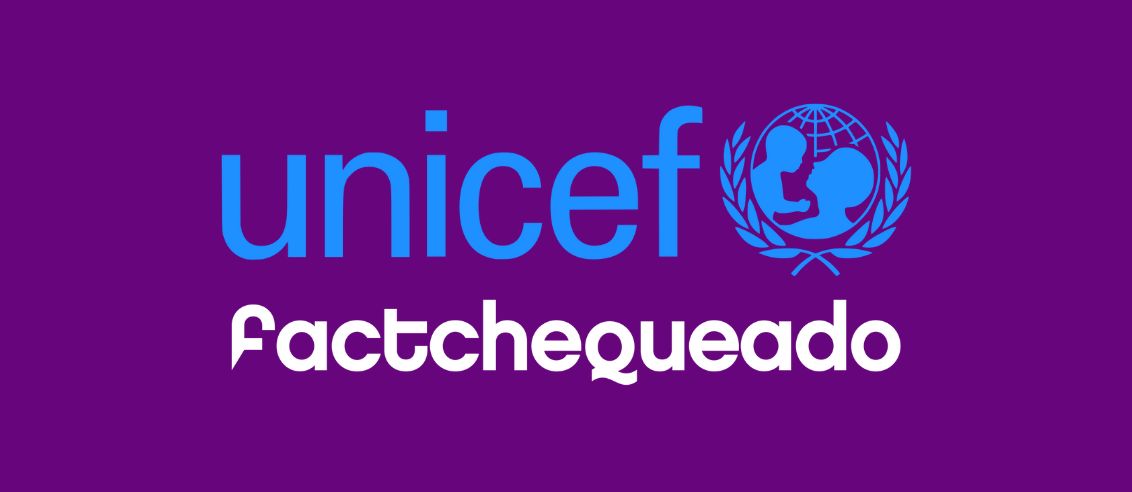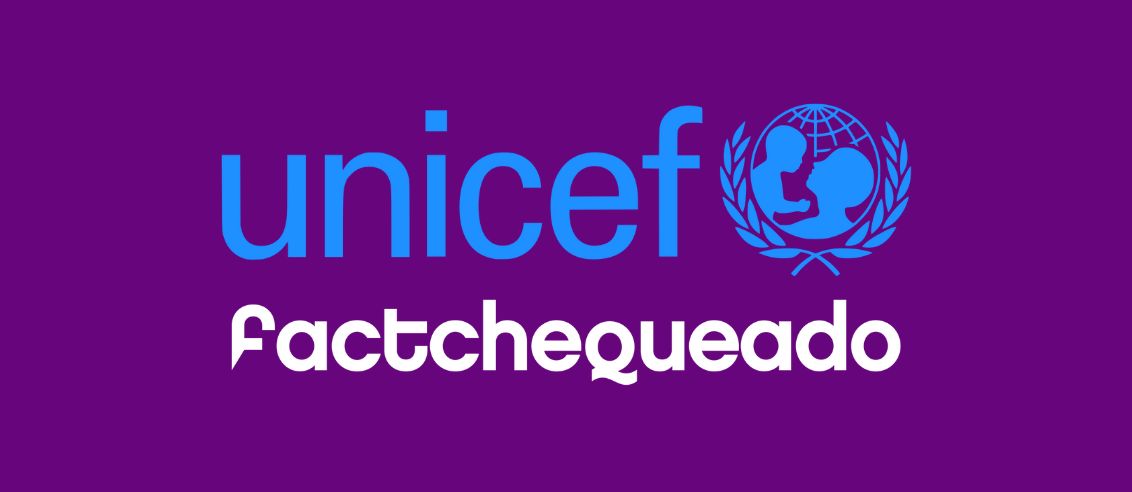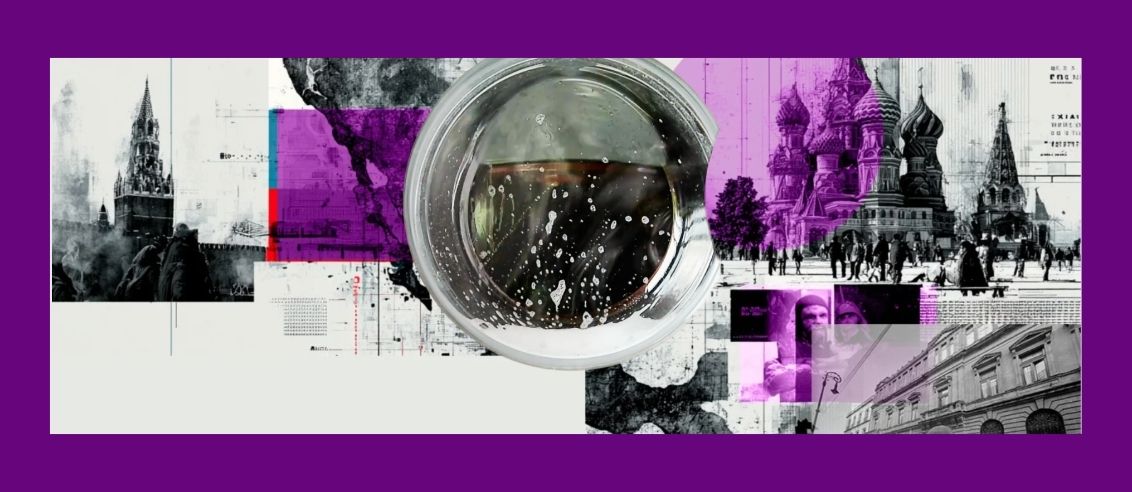Introducing the Bilingual Guide for Journalists Covering Latino and Spanish-Speaking Communities (in Spanish, here), a toolkit to combat mis and disinformation affecting these communities in the United States. The guide is provided in both downloadable PDFs (linked above) and in Google doc format in English and Spanish. This guide provides 16* practical tools to combat misinformation and reduce information deserts affecting these communities.
Puedes leer este artículo en español.
Currently, there are 63.7 million “Hispanics or Latinos” living in the United States. People of Hispanic origin are the largest ethnic or racial minority in the country, representing 19% of the total population. Despite the growth of this population and the fact that more than 40 million people speak Spanish in the United States, the supply of media and reliable sources of information targeting these communities as their primary audience is insufficient.
Quality journalism in Spanish in the United States is a very scarce commodity, and disinformers take advantage by spreading false and misleading content that especially affects Latino communities. Additionally, this audience is more likely than other communities to communicate via WhatsApp, Telegram and even use social media as a source of information, which poses a greater risk of receiving misinformation through these channels.
Now with the support of the Reynolds Journalism Institute, Factchequeado has developed the bilingual Guide for Journalists Covering Latino Communities in the United States. We hope it will be a significant contribution to the daily challenge faced by journalists working to inform while interpreting and understanding the diversity of issues affecting these communities.
The guide consists of 5 parts, provided in both English and Spanish
In section 1, the guide analyzes why Latino communities living in the United States are more vulnerable to mis- and disinformation. It also explores how familiar journalists are with the tools available to combat it. To do this, it presents the findings of a study conducted by Factchequeado in 2023 with a network of +60 media outlets and institutions serving Latino communities in the United States.

Section 2 presents a map of 16* online tools. For each tool the guide provides a step-by-step tutorial with tips for using it, brief explanations, applicable examples for daily journalistic work, and images to learn how to use each one. It delves into detail about what each tool is used for, whether it is free or requires a subscription, provides tips for journalists, and offers examples of how other professionals have used it in their coverage.
Section 3 provides some keys to reach Latino communities living in the United States through WhatsApp and social media, and explains which formats currently work best with this audience.
Section 4 provides advice on the most appropriate terms to refer to these communities in journalistic coverage, presents data that contributes to debunking myths and stereotypes surrounding Latino communities, and analyzes the main focuses of misinformation affecting them.
Section 5 presents a list of reliable sources of information that journalists can consult on key topics such as immigration, economy, health, legislation, climate change, Latino vote, violence, and security.
This guide is open to the public, and suggestions and comments are welcome. What’s the best thing that can happen to all of us? That we feed on new data and sources that help us better fulfill our task of informing.
To comment on the Guide in English, click here
To comment on the Guide in Spanish, click here
To download the Guide in PDF in English, click here.
To download the Guide in PDF in Spanish, click here.
This article was also published on the Reynolds Journalism Institute page of the University of Missouri as part of its innovation fellowship.
Update: Initially, the guide consisted of 17 tools but was reduced to 16 because Meta announced that its tool CrowdTangle would cease functioning as of August 2024.


